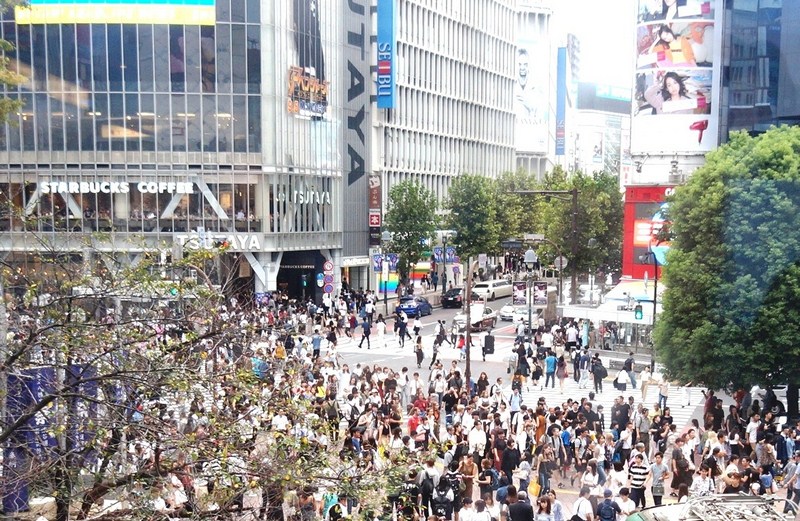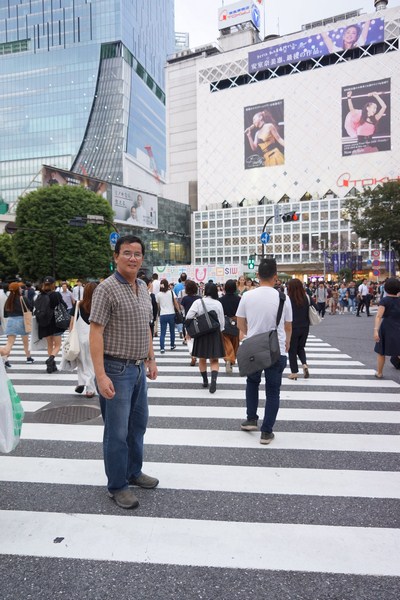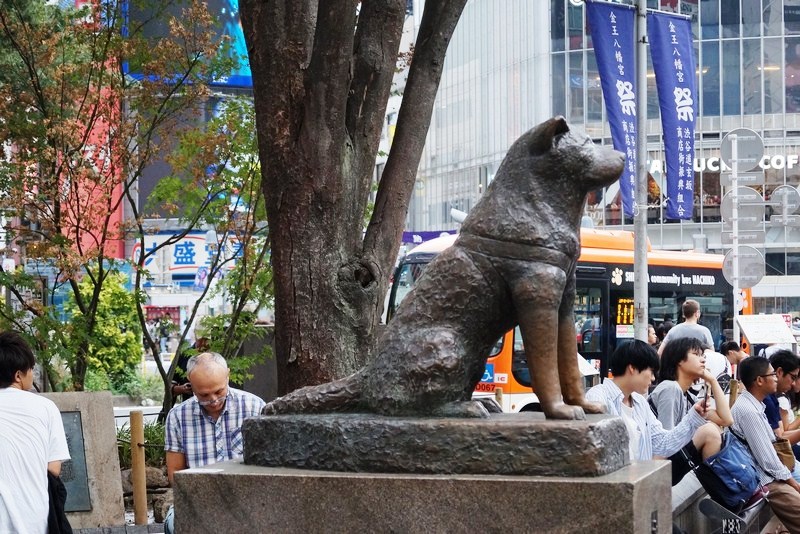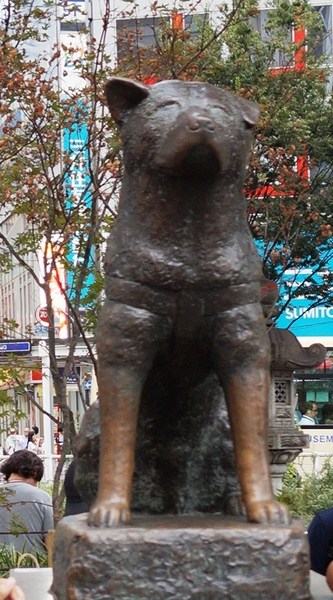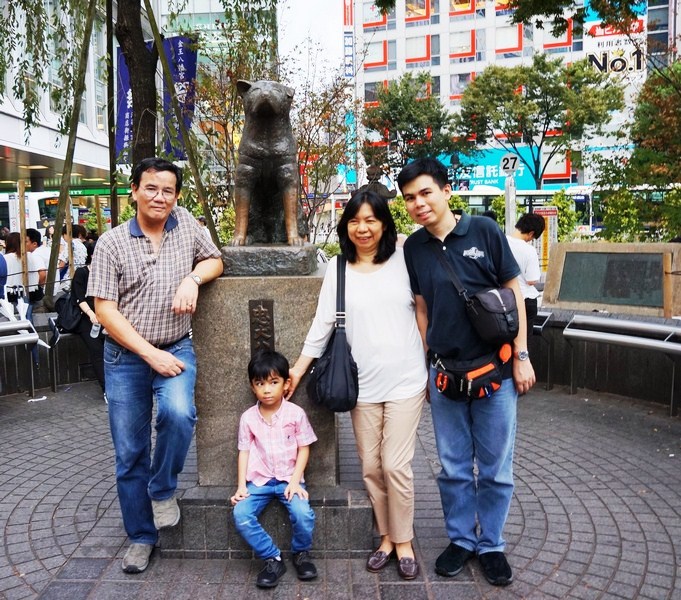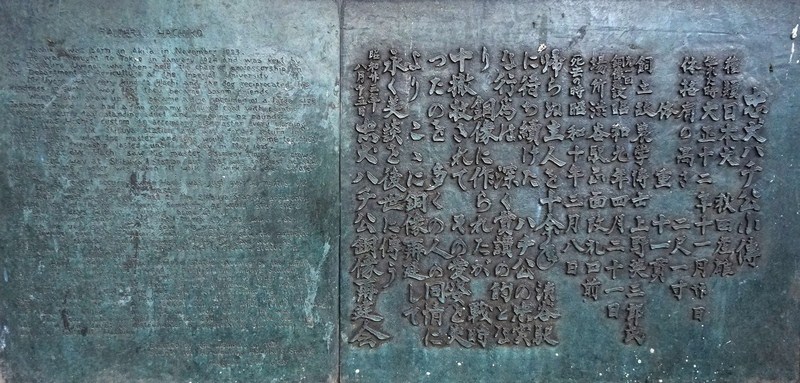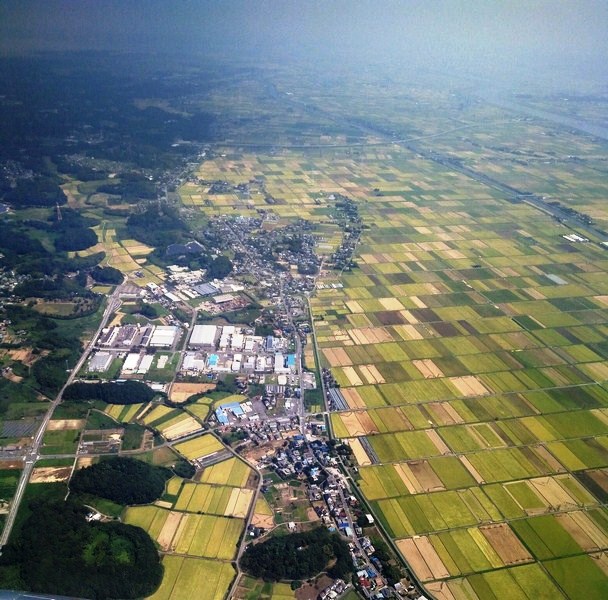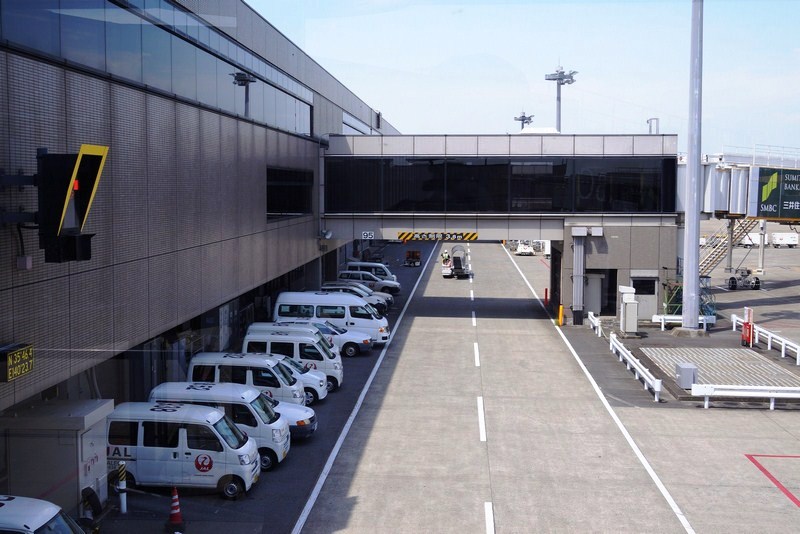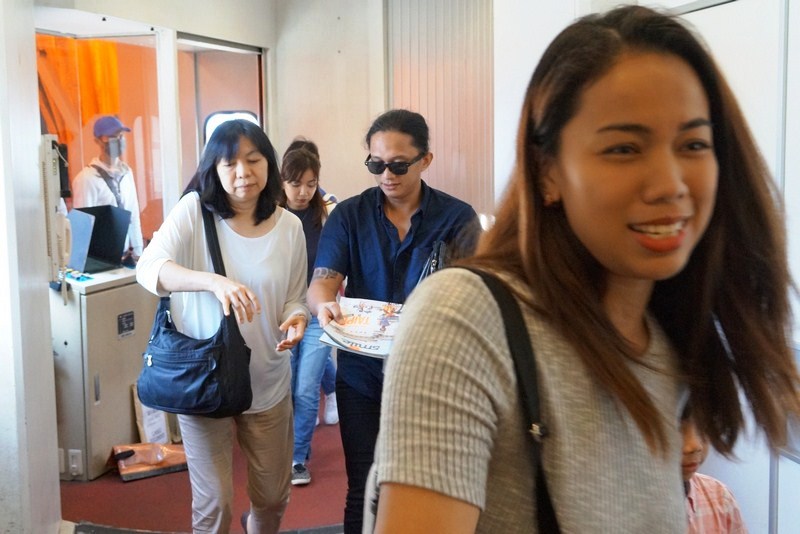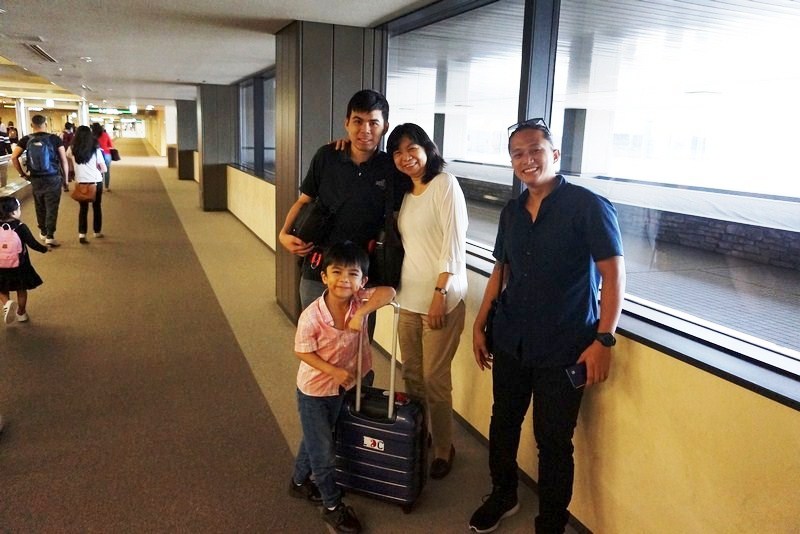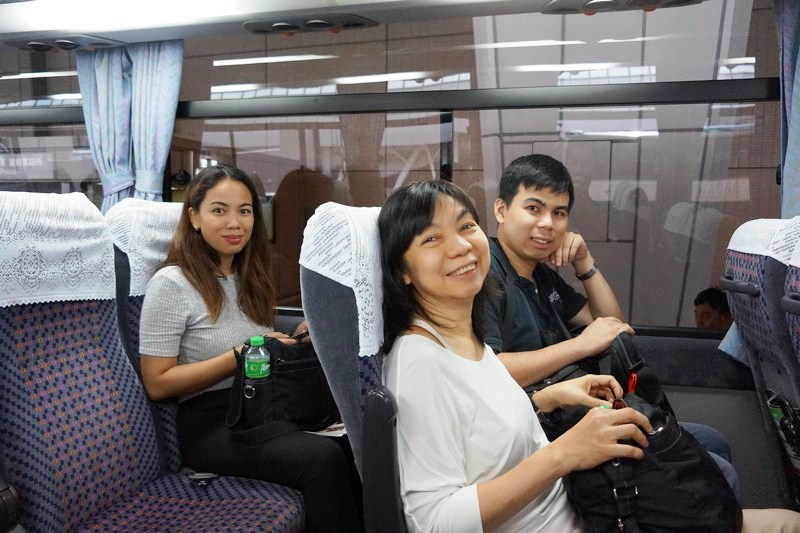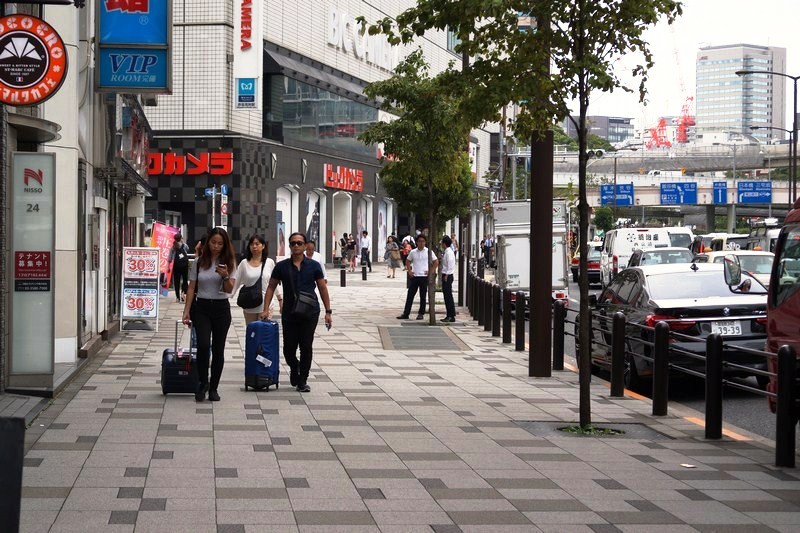Fashionable Shibuya , a major commercial and business center and a special ward in Tokyo, is famous for its famous, unique and extremely busy Shibuya Crossing located in front of the popular Hachikō exit of Shibuya Station, one of the busiest stations in Tokyo.
One of the icons of Tokyo, here vehicles stop in all directions to allow large crowds of pedestrians, who walk between the various stores and shopping centers near the crossing, to inundate the entire intersection, making for an impressive sight in a confined space. Here, five roads meet in one of the busiest parts of the most populous city in the world.
Here are some of the interesting trivia regarding this famous Tokyo attraction:
- It is the busiest pedestrian crossing in the world.
- The iconic crossing scene is frequently used to depict how busy Tokyo
- Per green cycle, up to 3,000 pedestrians use this crossing.
- Also referred to as the Shibuya Scramble Crossing, the Shibuya Crossing allow pedestrians to walk in all directions (scramble) through the intersection as the traffic is stopped in all directions. Additional terms for this style of pedestrian cross are diagonal crossing or exclusive pedestrian crossings.
- Three large TV screens, mounted on nearby buildings overlooking the crossing, as well as many advertising signs, can be seen from the crossing.
- The iconic video screen, featured in the movie Lost in Translation (with its ‘walking dinosaur’ scene) as well as other movies, was taken down for a period of time and replaced with static advertising. It resumed operation in July 2013.
- The Starbucks store at the Q Front Bldg., overlooking the crossing, is the busiest in Japan and one of the busiest in the world. It is also one of several publicly accessible raised vantage points where you can obtain an overview of the crossing. However, the much sought after prime position at the second floor window, looking out the crossing, can be challenge as the wait can be very long, especially at peak times.
- Hachiko Statue, a very popular meeting place next to the crossing, commemorates Japan’s most famous dog who used to visit Shibuya Station every day for over ten years to wait for his master to return from work. A station exit was also named after him.
- Shibuya Crossing is often featured in Hollywood movies (Lost in Translation, The Fast and the Furious: Tokyo Drift, Resident Evil: Afterlife and Retribution), music videos and television shows, which take place in Tokyo, as well as on domestic and international news broadcasts.
- Carl Randall, a contemporary British painter who spent 10 years living in Tokyo as an artist, depicted the area in his large artwork ‘Shibuya’ which was exhibited at the National Portrait Gallery in London in 2013.
- During the 2016 Summer Olympics closing ceremony, the crossing was featured to promote the 2020 Summer Olympics in Tokyo.
- Its heavy traffic and inundation of advertising have led to it being compared to the Times Square intersection in New York City and Dundas Square intersection in Toronto.
- Julian Worrall, a Tokyo-based architecture professor, has said Shibuya Crossing is “a great example of what Tokyo does best when it’s not trying.”
Check out “Hachiko Memorial Statue“
For first time visitors to Japan like us, it is an excellent place for travelers who want an introduction to Tokyo’s more energetic side as well as see what an organized mega city looks like.
We arrived at the crossing by late afternoon when the crowds were at their maximum. When we made our first crossing, we well expected chaos, with the thousands of people walking in different directions.
However, we realized how cool it really was as the pedestrian flow was surprisingly generally smooth as Tokyo residents are used to walking in crowded places (crossing a road with hundreds of other people seems to be just part of their daily routine) and they were very polite and efficient.
The traffic lights at the crossing have a 2-min. cycle and, during that short waiting time, each little corner of the intersection steadily fills up and, just as the people begin to spill out into the street, the crosswalk lights turn green again and the crossing starts all over again.
Photographers and videographers were everywhere, constantly searching for the best vantage point to take the best shots.
It was less hectic than we expected as everyone stuck to their own path. We did the crossing, not just once, but several times as we finally were able to really experience the Shibuya Crossing vibe and feel the Tokyo spirit, all in one single square.
Come evening, the crossing came alive with all the color and light coming from the massive advertising, neon signs and jumbo screens. After midnight, the crowds finally thin out when the Shibuya stations closes.



